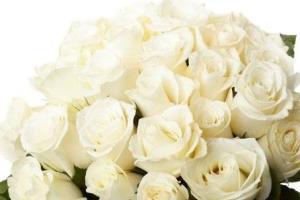Bonsai production Technology of Begonia sticking Stem
Stick stem begonia bonsai mostly use wire climbing combined with pruning modeling, because stick stem begonia grows faster, pay attention to the timely removal of iron wire after shaping, below we will introduce in detail the production technology of paste stem begonia bonsai.
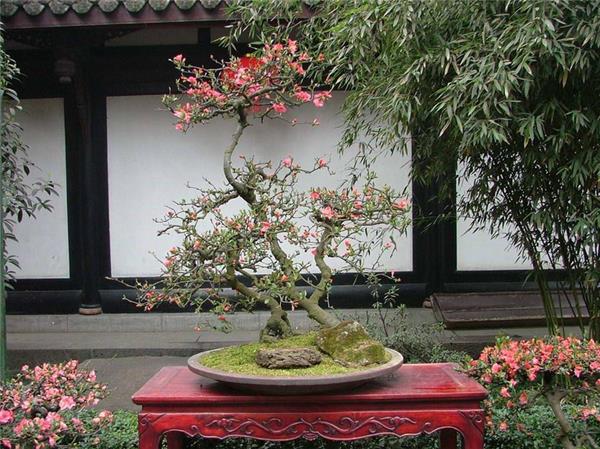
Bonsai production Technology of Begonia sticking Stem
1. Material selection and cultivation measures
Artificial propagation: it is mainly propagated by dividing plants, cutting and pressing strips. Ramet should be carried out in early spring, the clump mother plant should be dug up by root, split with a sharp knife, and then be planted with 2-3 branches per plant, and then be divided 3-5 years after planting. There are two kinds of cuttings: hardwood cuttings and tender twigs: hardwood cuttings are carried out between February and March, the cuttings are 10 to 15 meters long, and the cuttings are about 1B2 deep; the tender twigs are cut in the rainy season from June to July, and they are easy to take root by mud-beating method. Pressing can be carried out in winter or spring, opening a small trench beside the root, climbing branches to the ground, blocking it with fertile soil, and being able to take root by itself. After autumn, the rooting strips were cut off and separated from the mother plant, and then retransplanted in the following spring.
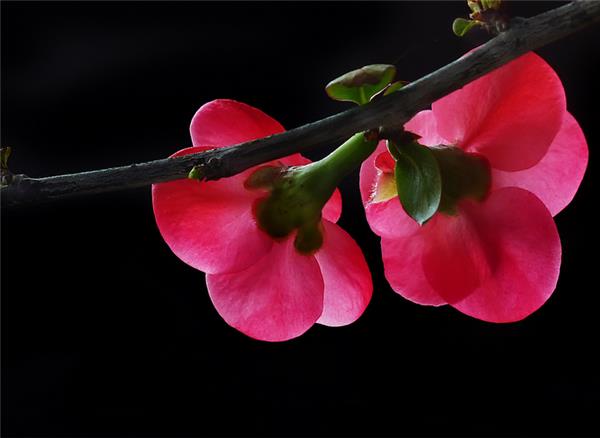
2. The process of potting.
Select basin: stick stem begonia often use deep rectangular or oval basin, square and round basin can also be used, cliff type is to use deep thousand-barrel basin. Purple sand pottery basin or glazed pottery basin is suitable for texture, and other textures are also available.
Use soil: the requirement of soil quality is not strict, either slightly acidic soil or neutral soil, but it is better to use loose, fertile and well drained rotten leaf soil or pastoral soil. When putting on the basin, the bottom of the basin is cushioned with sand or vermiculite to facilitate drainage.
Planting: both in spring and autumn, and the dormant period is suitable. Before planting, it is necessary to cut short thick roots and long roots, so as not to bend in the basin. After planting, pour water thoroughly, place in shade for 1-2 weeks, and then move to a place with sufficient light.
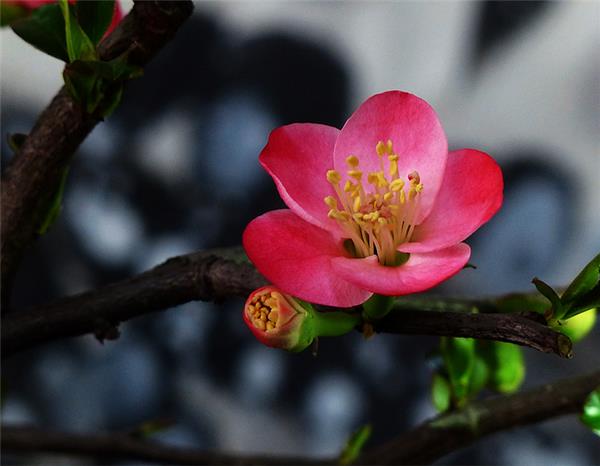
3. Orthostatic techniques
Processing: sticking Begonia mostly uses brown silk climbing processing, combined with trimming modeling. Small bonsai is also often modeled with wire climbing. Due to the rapid growth of begonia, attention should be paid to the timely removal of brown wire or metal wire to prevent "trapping". The processing period should be carried out after flowering or dormant period.
Tree shape: sticking Begonia is mostly made of oblique dry type, curved dry type or cliff type. Should focus on the performance of its branches of the vigorous, just in the characteristics of softness. Zhi Ya oblique horizontal, colorful old pile scene, the most interesting.
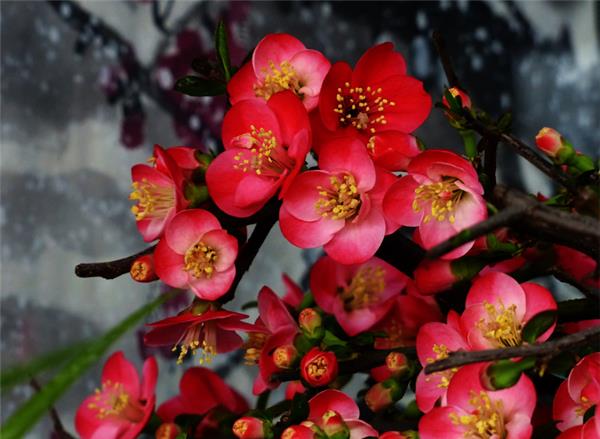
Next, I would like to introduce the quick method of bonsai modeling of Tripterygium. The details are as follows:
First, cultivate plant shape: for ground or potted begonia, cut off diseased and weak branches, dead branches, so that the cluster is hollow, conducive to ventilation and light. And select the unique branches for careful pruning, pruning the branches five times in the same year to make the branches bend and extend, and the last pruning should be completed before the end of July, otherwise the flower bud differentiation will be affected and the number of flowers will be rare in the coming year. At the same time, strengthen fertilizer and water management to ensure that flowers and leaves are luxuriant.
Second, high-altitude crimping: high-altitude crimping can be carried out after sticking the stalks of begonia flowers. First, the selected twigs were peeled off 1-1.5cm. If smeared with 50-100pp root powder, it could take root 5-Mel 10 days ahead of time. Then take a square clean plastic film with a side length of 15-25cm, drill a small hole in the center, just through the tree trunk, and cut it to the center in the middle of one side, put the plastic film around the 10cm below the girdle, tie it up, and irrigate the prepared culture soil. The cultivated soil is light in quality and good in passage. vermiculite or rotten leaf soil, mature sawdust and a small amount of garden soil are generally used, mix evenly and sprinkle with appropriate amount of water. The culture soil in Neisheng is 0.5kg, and then the plastic film is bound at the top of the 5c ring. Daily management and protection should pay attention to maintain the humidity of the culture soil in the plastic film, such as the culture soil is white, you can use a needle to inject water, and pay attention to plastic surgery.
Third, cut off the mother plant culture: one month after high pressure, white tender roots can be produced one after another at the ring peeling place. When the number of roots exceeds 10, the total length exceeds 50cm, and the root color turns yellow, the mother plant can be cut off. According to the rooting situation, the size of the shoot and the thickness of the trunk can be cut off three times. At present, the plastic film can be removed and cultivated in a flowerpot slightly larger than the soil ball. at the same time, some branches or leaves should be cut off to maintain the balance of transpiration and water absorption. After two weeks of maintenance in a shaded place, you can enter the routine maintenance. Because the sticking stem begonia takes root quickly, it has to be changed once in that year. In winter, flowerpots can be buried in the ground to spend the winter outdoors. The following year, it became a bonsai with quaint posture, luxuriant flowers and leaves, and numerous fruits. The characteristic of this method is that the modeling time is short, it takes only one year, and the root system is uniform, and the root can be curved slightly; the root is small, suitable for planting in various landscape pots; the flowers are luxuriant, the posture is quaint, and can be produced in large quantities at one time. According to the experiment, the high pressure on the 10-year-old branch can still be a success. The deficiency is that it is not easy to expose the root, it needs to be raised for more than 2 years.
The posture is quaint and can be produced in large quantities at one time. According to the experiment, the high pressure on the 10-year-old branch can still be a success. The deficiency is that it is not easy to expose the root, it needs to be raised for more than 2 years.
Related
- Wuhan Hospital Iron Tree Blooming Result Was Instantly Frightened by the Gardener Master
- Which variety of camellia is the most fragrant and best? Which one do you like best?
- What is the small blue coat, the breeding methods and matters needing attention of the succulent plant
- Dormancy time and maintenance management of succulent plants during dormancy
- Minas succulent how to raise, Minas succulent plant pictures
- What are the varieties of winter succulent plants
- How to raise succulent plants in twelve rolls? let's take a look at some experience of breeding twelve rolls.
- Attention should be paid to water control for succulent plants during dormant period (winter and summer)
- Watering experience of twelve rolls of succulent plants
- Techniques for fertilizing succulent plants. An article will let you know how to fertilize succulent plants.


